








































AS aspirants often find the Ethics paper (General Studies Paper IV) particularly challenging, resulting in marks that may seem absurd or disproportionately low compared to other papers. We have complied some toppers answers those score extraordinarily .
Let’s understand some factor than influence marks. Several factors contribute to this issue:
• Subjectivity in Evaluation
♦ Abstract Nature of Ethics: Unlike other subjects with clear-cut answers, Ethics involves subjective interpretations. Evaluators may have differing opinions on what constitutes a good answer.
♦ Diverse Perspectives: Ethical dilemmas and case studies can be approached from various perspectives, making it hard to standardize answers.
• Lack of Structured Preparation
♦ Resources: Standard textbooks and coaching materials might not cover the breadth of ethical theories and practical applications.
♦ Superficial Understanding: Students might not delve deeply into ethical theories and their applications, leading to superficial answers that lack depth and analysis. Students focus mostly on keywords and examples
• Case Study Complexity
♦ Application Challenges: Applying theoretical knowledge to case studies requires critical thinking and practical insight. Many students struggle to connect theory with real-life scenarios effectively.
♦ Time Management: Balancing time between writing theoretical answers and solving case studies within the exam duration is difficult, often leading to incomplete or rushed answers.
• Answer Presentation
♦ Lack of Structure: Well-structured answers with clear introductions, bodies, and conclusions are crucial. Many students fail to present their arguments coherently. Logical flow matters.
♦ Illustrations and Examples: Use of relevant examples, diagrams, and flowcharts can enhance answers, but students often overlook these tools.
• Ethical Reasoning Skills
♦ Analytical Thinking: High marks require analytical thinking and the ability to present balanced arguments. Many aspirants lack these skills, leading to one-dimensional answers. See the GS SCORE toppers answer copies to understand it more.
♦ Originality: Reproducing coaching material without original thought can result in mediocre marks. Examiners appreciate original, well-reasoned answers.
• Preparation Gaps
♦ Dynamic Syllabus: students often stick to keywords but the Ethics syllabus is dynamic and evolving around current ethical issues and debates and integrating them into answers is necessary but often neglected. That will give you edge over the others.
• Deep Understanding of Theories: Develop a strong foundation in ethical theories and philosophers. Understanding different viewpoints helps in addressing subjective questions more effectively.
• Practical Application: Practice applying ethical theories to real-life scenarios and current affairs. This enhances the ability to handle case studies.
• Structured Answers: Focus on structuring answers with clear introductions, bodies, and conclusions. Use headings and subheadings to organize thoughts.
• Use of Examples: Integrate relevant examples, anecdotes, and personal experiences to illustrate points. This adds depth and credibility to answers.
• Regular Practice: Regularly practice writing answers and solving case studies under timed conditions. Seek feedback from mentors or peers to improve.
• Study Model Answers: Review model answers and previous toppers’ scripts to understand what evaluators look for. Analyse their approach to structuring and presenting answers.
• Ethics in Daily Life: Incorporate ethical reasoning in daily life and discussions. This practical engagement helps in developing a nuanced understanding of ethics.
• Continuous Update: Stay updated with current ethical issues, landmark judgments, and debates. Integrate contemporary examples to make answers more relevant and engaging.
Read this to build ethical reasoning skill
High marks require analytical thinking and the ability to present balanced arguments. Many aspirants lack these skills, leading to one-dimensional answers. Reproducing coaching material without original thought can result in mediocre marks. Examiners appreciate original, well-reasoned answers.
Why Morality Must Evolve
In a world plagued by social and moral issues, from discrimination and gender-based violence to the misuse of technology, it is tempting to believe that a stronger focus on morality could be the solution. However, the real issue may lie in the excessive moral certainty that often accompanies strong convictions. This piece explores why morality must evolve and how this evolution can help us address the complex ethical challenges of our time.
The Pitfall of Moral Certainty
Those with unwavering moral convictions often see the world in black and white, perceiving themselves as warriors in a battle between good and evil. This rigid thinking stifles engagement with diverse perspectives and leads to conflict rather than solutions.
The Role of Evolution in Morality
Our sense of morality has deep evolutionary roots. Early humans evolved empathy, social cooperation, and punishment of wrongdoers to live together peacefully. However, evolution provided “good enough” solutions rather than perfect ones, often leading us to perceive moral truths as objective facts rather than subjective opinions.
The Subjectivity of Morality
Moral perceptions are subjective, similar to how we perceive colors or tastes. Just as we mistake the redness of a strawberry as an inherent property, we project our moral values onto the world, mistaking them for objective truths.
Moral rules are cultural inventions that have evolved to solve specific social problems. Different societies, faced with unique challenges, developed varying moral systems. As societies grow and change, so must their moral tools. For example, revenge was a tool for justice in small communities but became problematic in larger societies, leading to the development of formal legal systems.
Modern societies face rapid changes and complex problems that require flexible and adaptable moral frameworks. Black and white thinking is inadequate for addressing issues like free speech, tolerance, and bioethics. Instead, we must view morality as a toolkit to be adapted to contemporary challenges.
Recognizing the diversity of moral viewpoints helps us understand the full spectrum of ethical dilemmas. Some moral tools may be obsolete, while others are responses to evolving conceptions of the good life. The continuous production of new moral tools reflects our ongoing search for better solutions.
Our world today is larger, more complex, and more interconnected than ever before. This necessitates a shift from old moral certainties to a more nuanced, adaptable approach. We must rethink morality as a human invention that evolves to meet the needs of changing circumstances.
Conclusion
To address today’s serious social and moral problems, we must move away from rigid moral views and embrace a more flexible, evolutionary approach to ethics. By acknowledging the subjectivity of our moral beliefs and the necessity for adaptation, we can better engage with diverse perspectives and find effective solutions to the challenges we face. This genuine moral evolution is essential for creating a better world.
Now let’s learn about the implementation of the above ideas through the UPSC CSE toppers copy. They offer a great insight on what are common mistakes, how to avoid them and what toppers did to get an extra edge. Pay careful attention to what toppers have written and the comments and remarks of the evaluators.






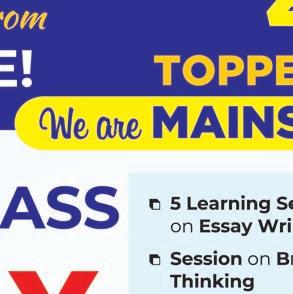


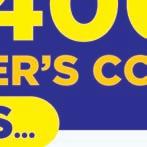














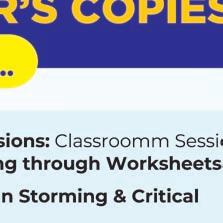


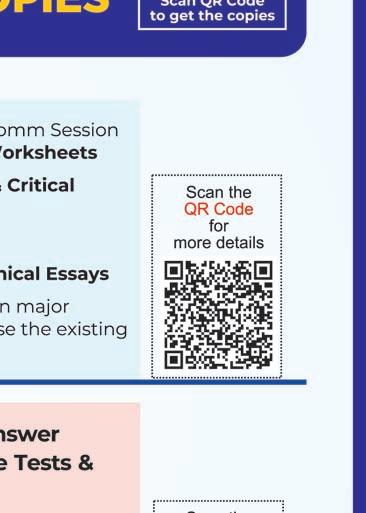
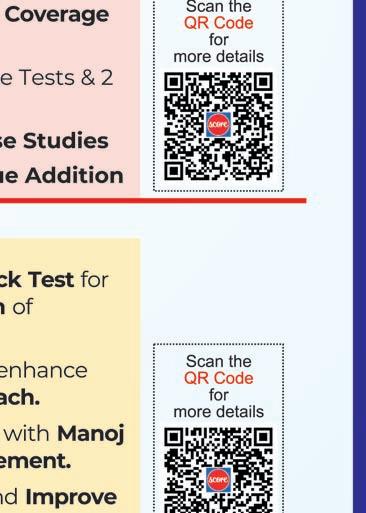





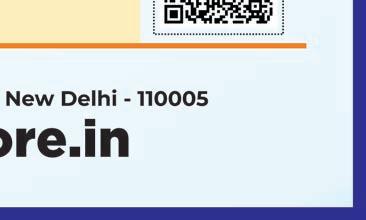
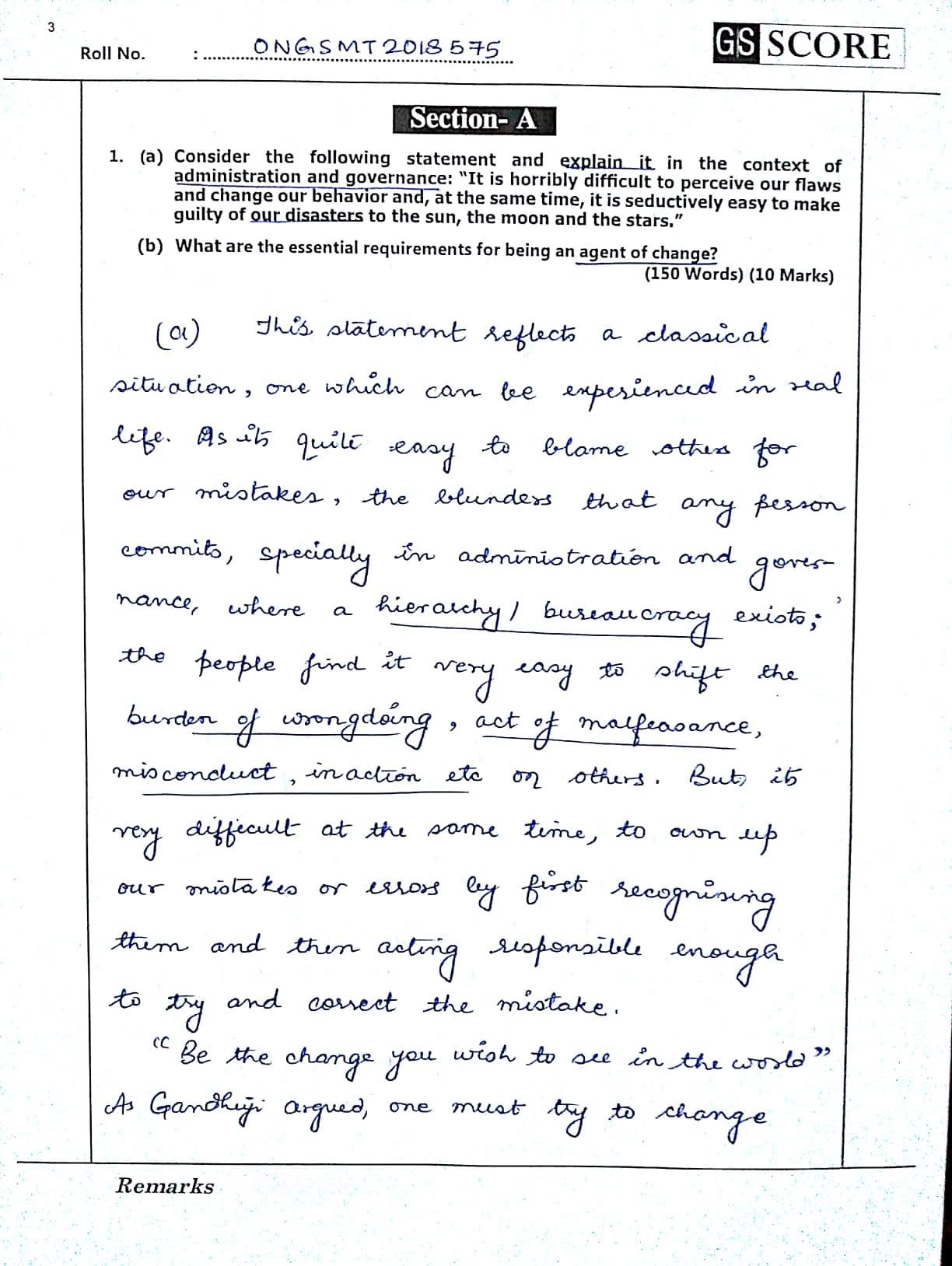
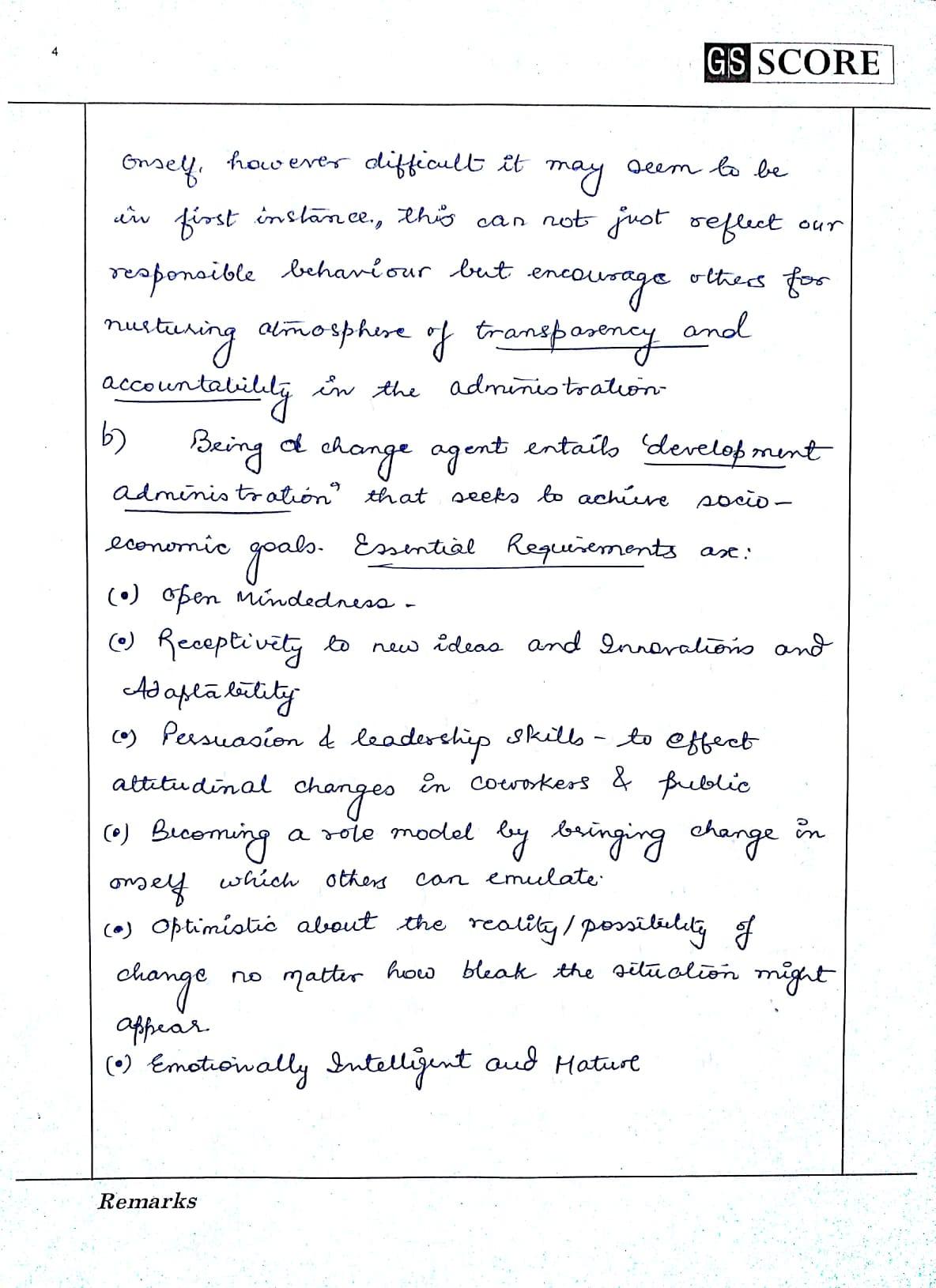
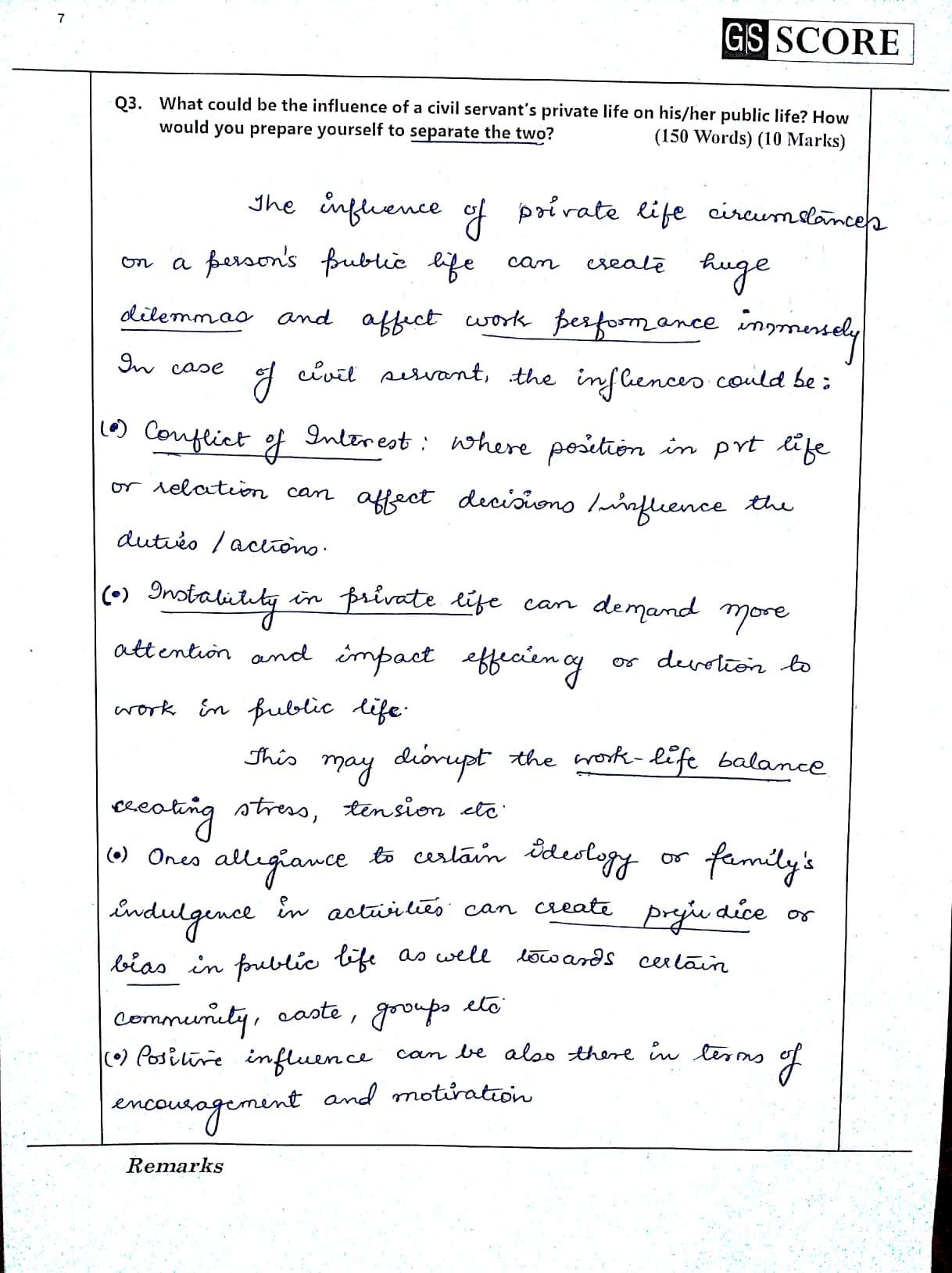
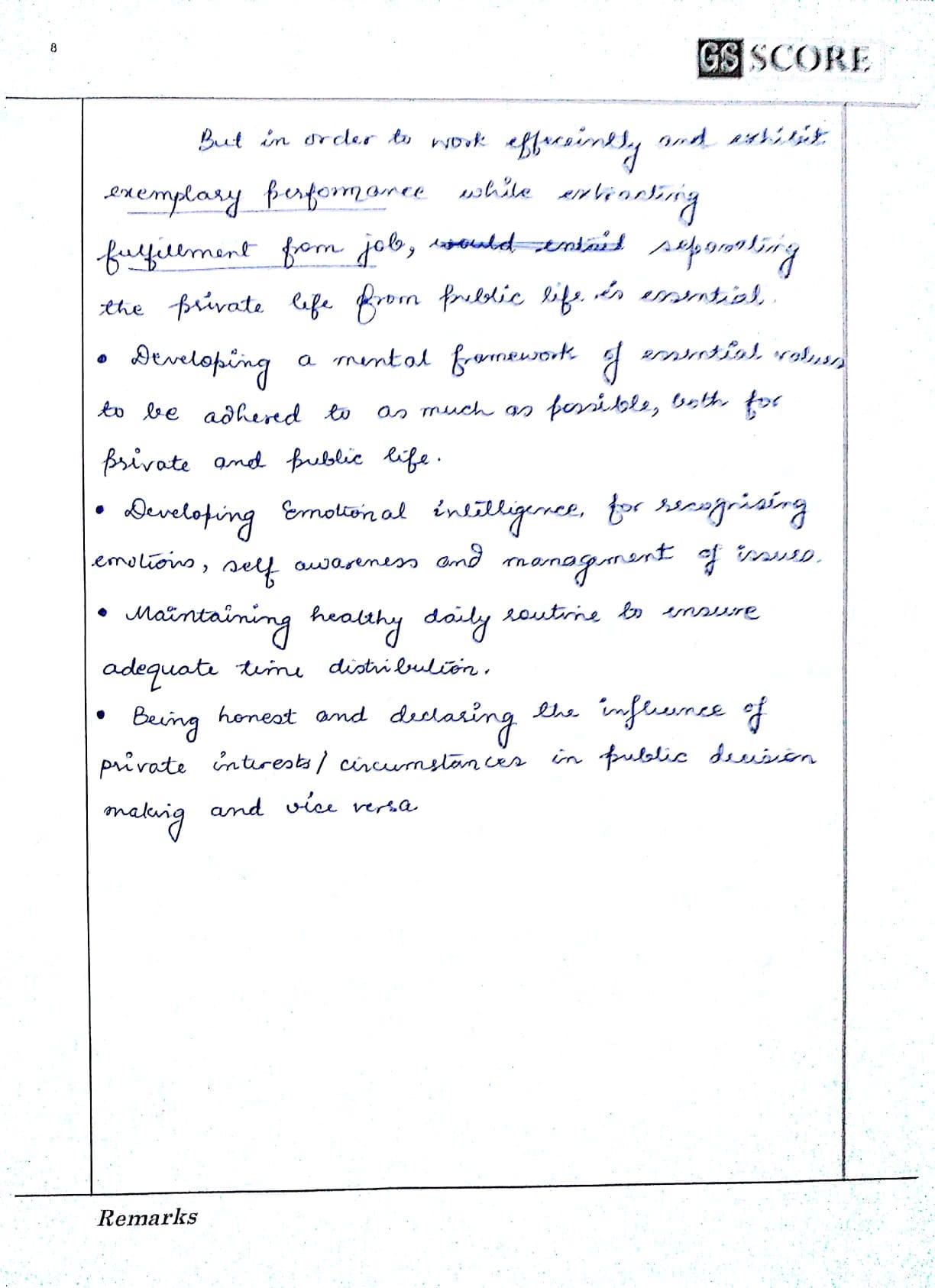
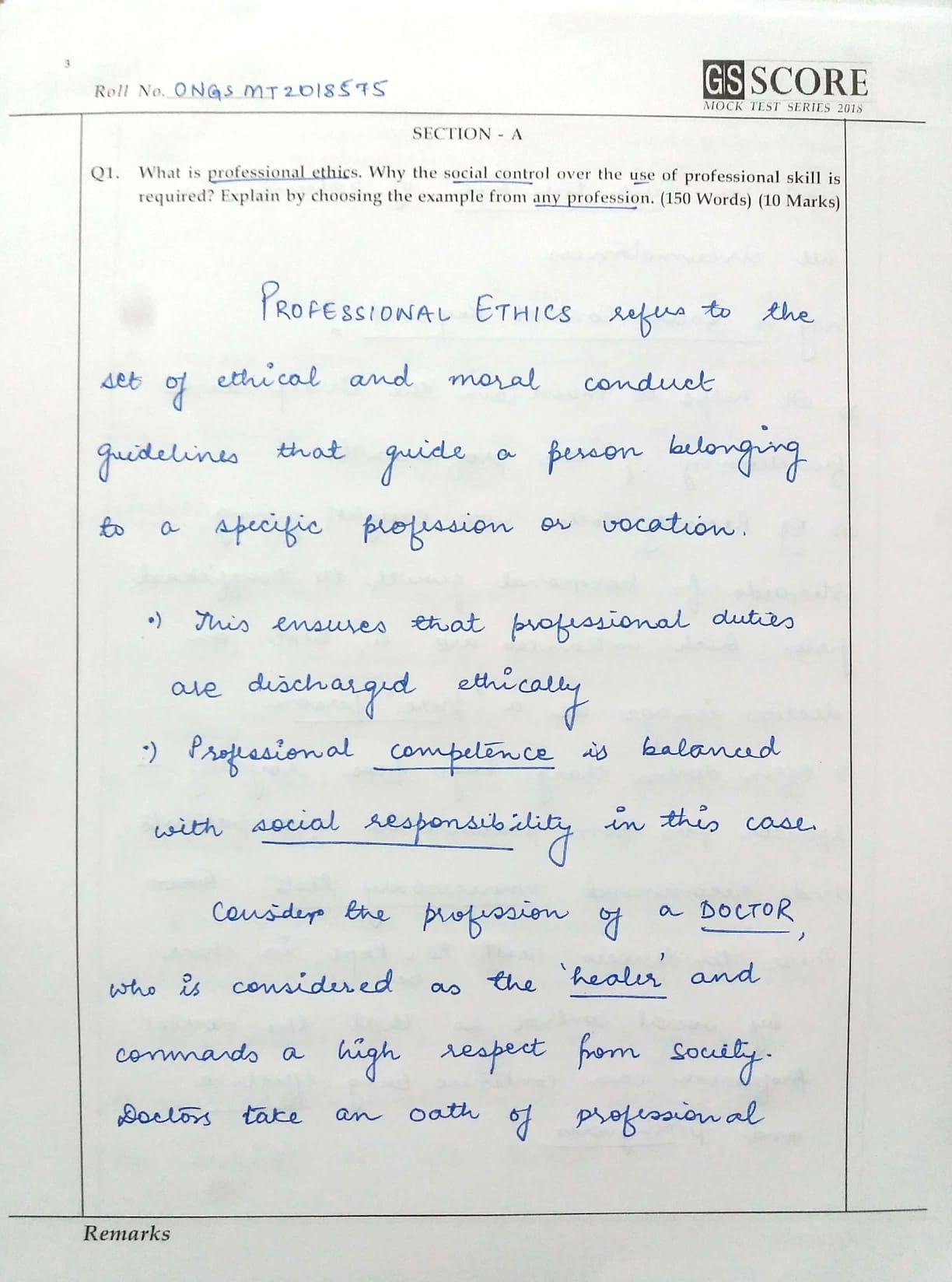
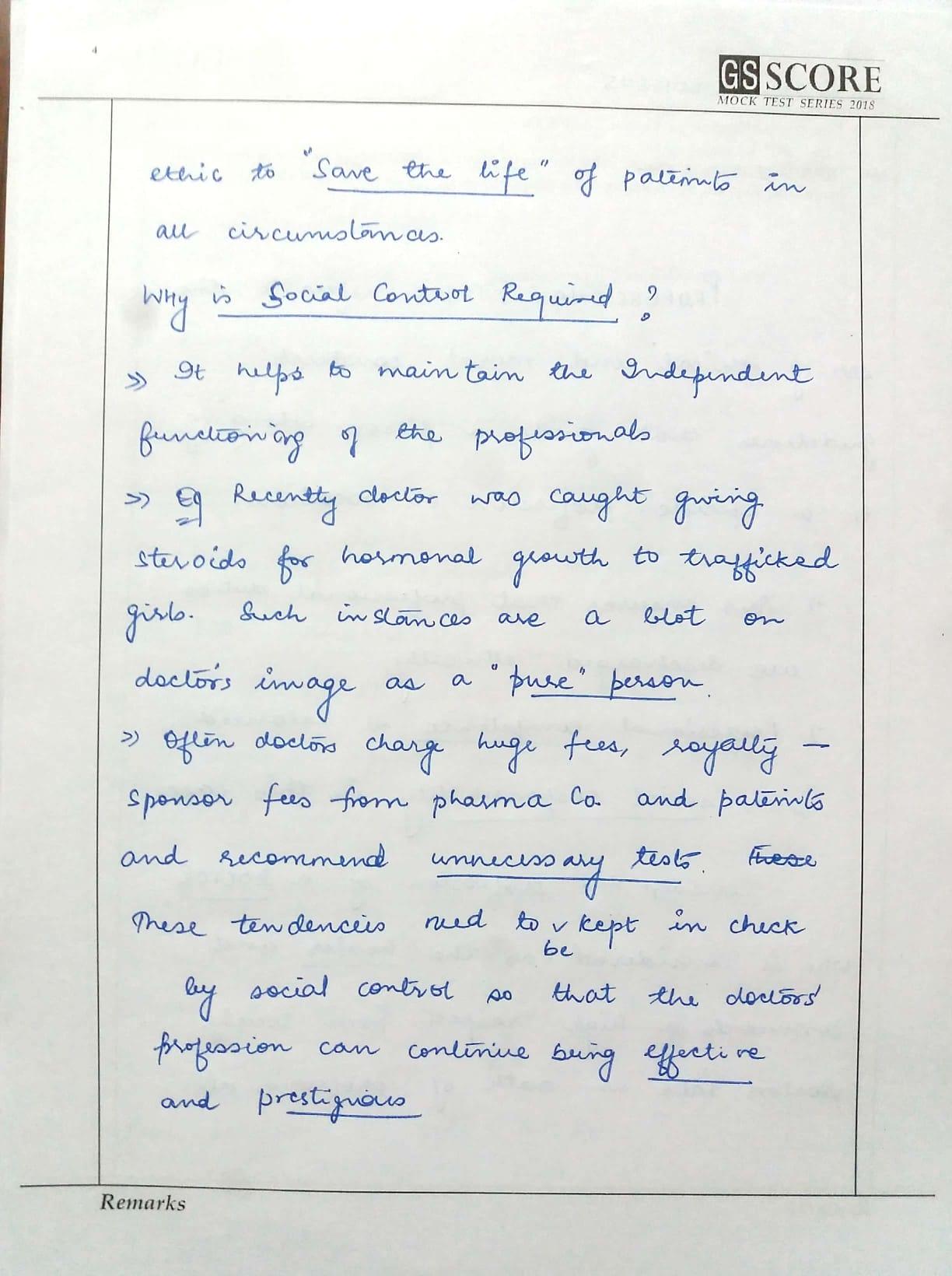
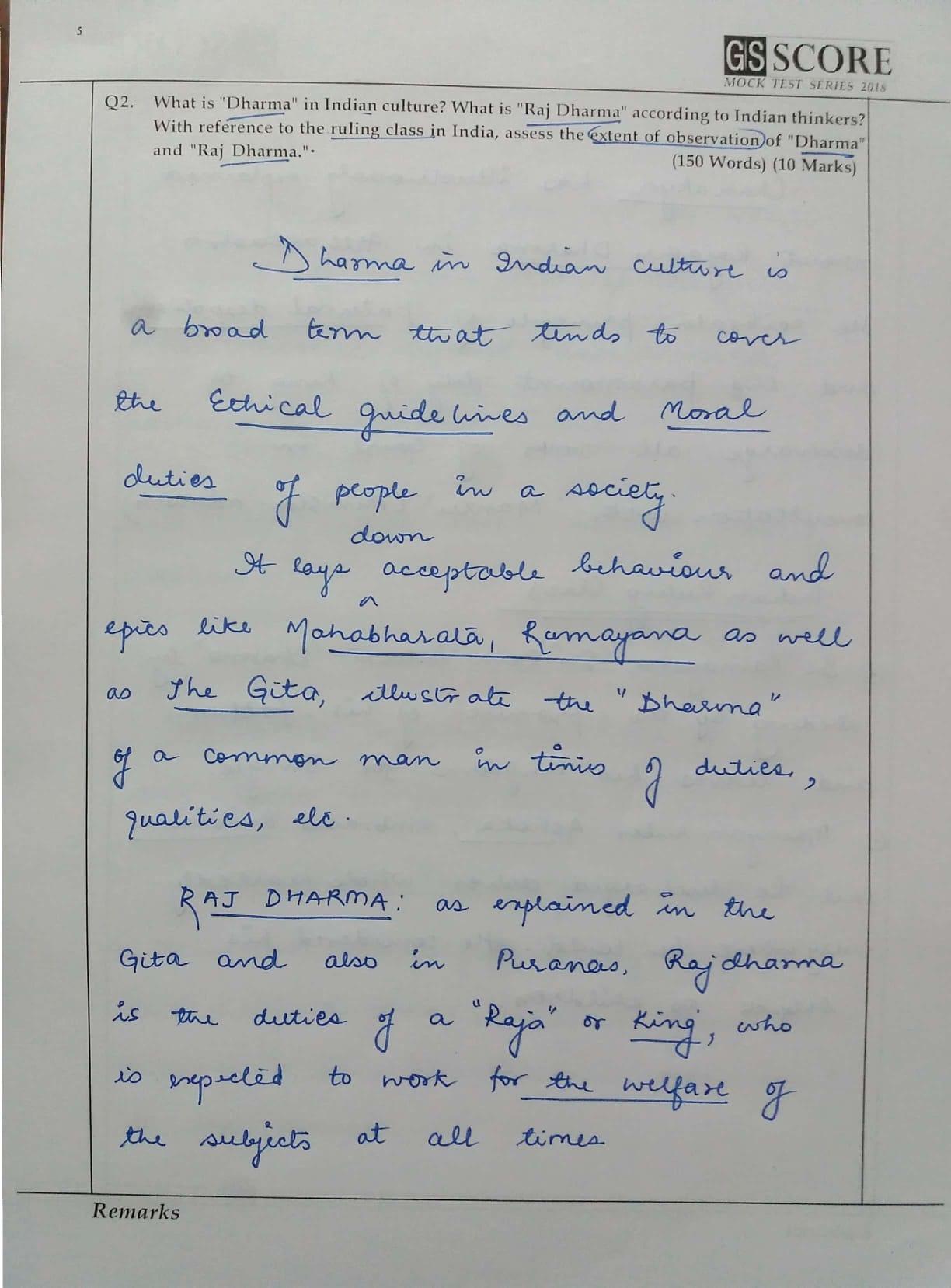
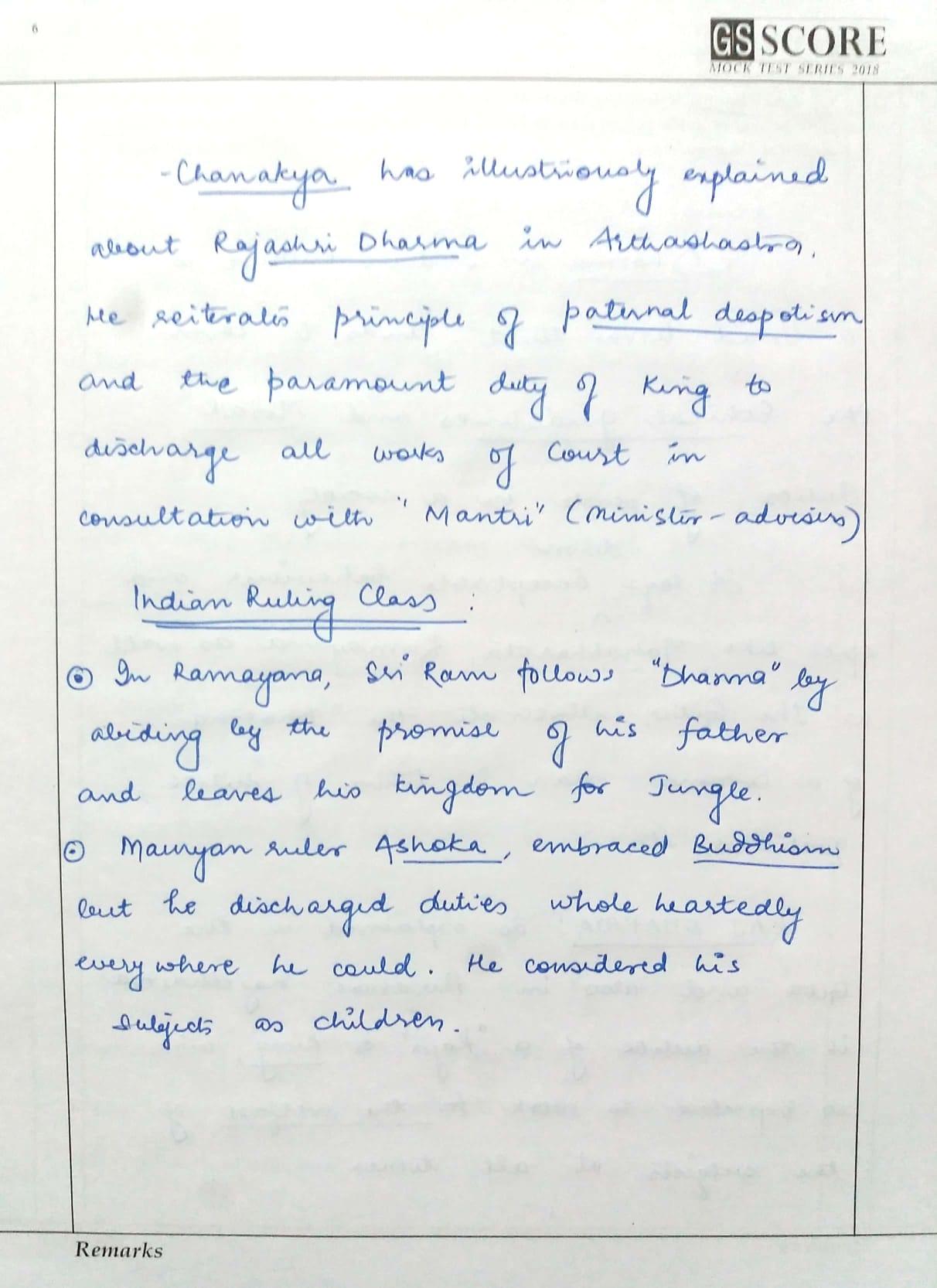
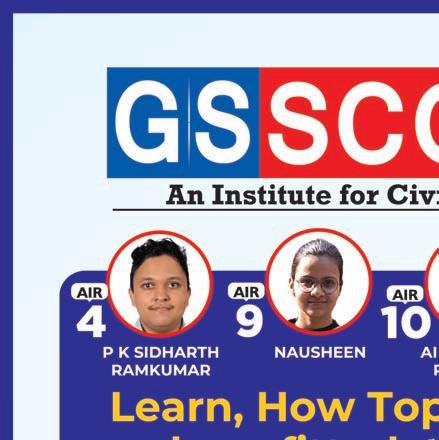



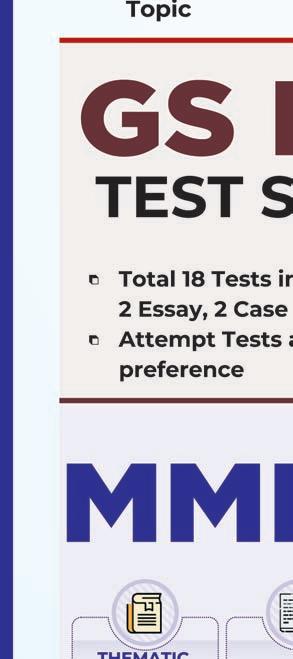
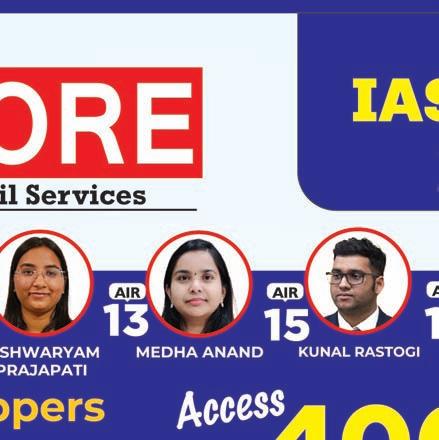
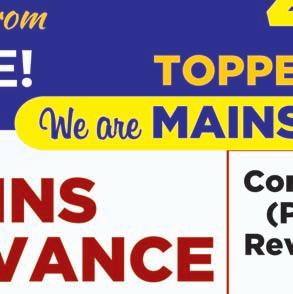
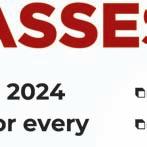



















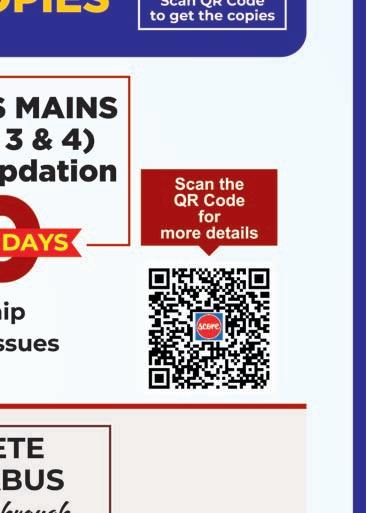
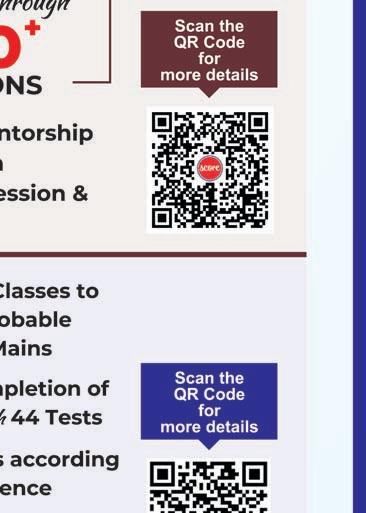





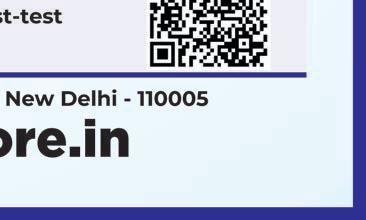
To Access Complete & Free Toppers Answer Handbook Click Here